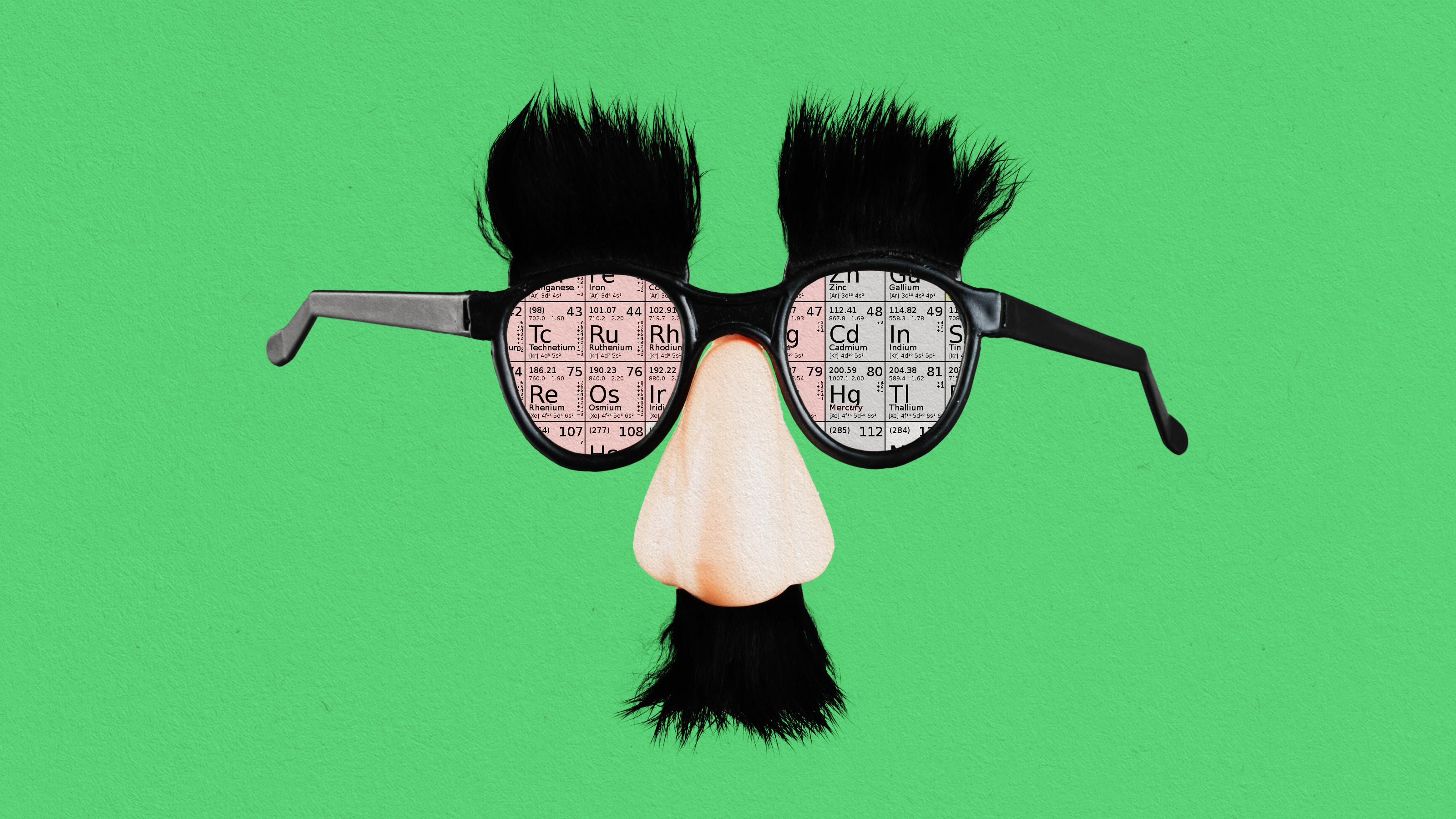On Earth, extinction is the norm: 99.9% of species eventually go extinct. Even worse, the laws of physics have destined our planet for destruction. Whether it be from a planet-killing asteroid or the death of our Sun, Earth is doomed.
Humanity needs an insurance policy. Ultimately, if we want to survive long-term, we need to inhabit other planets.
We are entering a new Golden Age of space exploration, but there are obstacles we must overcome.
MICHIO KAKU: We think of Mother Nature as being warm and cuddly, and for the most part, she is. But sometimes, the savagery of Mother Nature is revealed. On the Earth, 99.9% of all species eventually go extinct. Extinction is the norm. And the laws of physics also doom the entire planet Earth. Because the Earth is in the middle of a shooting gallery of asteroids and comets and meteors, it's inevitable that we will be hit with a 'planet-buster.' Something like what hit the dinosaurs 65 million years ago. We need an insurance policy.
Given the fact that Mother Nature and the laws of physics have a death warrant for humanity, we have to make sure that humans become a two-planet species, because ultimately, our destiny will be in outer space. We have no rocket capable of reaching deep space at the present time with human passengers. In other words, if we're faced with yet another rock from outer space, we are basically sitting ducks. However, we're entering now a new golden age of space exploration.
Now we have the infusion of funds from Silicon Valley billionaires. We have new strategies to go back into outer space. And things have changed. Costs have dropped. With the introduction of reusable rockets, we're now talking about opening up the heavens to perhaps a whole new economic landscape, that is 10% the cost of the past. To put me in orbit around the Earth costs about $10,000/lb- that's my weight in gold. To go to the moon would cost about $100,000/lb.
To put me onto Mars would cost at least $1,000,000/lb. That is unsustainable- and that's where the reusable rockets come in, 'cause we're now talking about dropping the cost by a factor of 10. Instead of $10,000/lb, SpaceX wants to bring it down to $1,000/lb, opening up the heavens. We also have a new vision emerging: For Elon Musk of SpaceX, it's to create a multi-planet species. However, for Jeff Bezos of Amazon, he wants to make Earth into a park, so that all the heavy industries, all the pollution goes into outer space to make Earth a paradise. And Jeff Bezos wants to set an Amazon-type delivery system connecting the Earth to the moon. We're talking about a whole new political and technological landscape. Sometime in the 2030s, we will be on Mars. The question is, if we're entering a new golden age of space exploration, 'What is the main bottleneck that we face?'
The main bottleneck has to do with life support and the human. You see, we've already sent robots to Mars. But now, we're talking about humans, which require a whole support network. Humans have to live in an environment where there's radiation. Where there's loneliness. Where the journey can take two years. Where temperatures are below freezing. Where the atmospheric pressure is only 1%. And eventually, we wanna create a base on Mars that could support people.
That means it has to be self-sustaining. It has to be done in several steps: The first step would be to create a base on Mars with power; solar power could provide the energy. And then once you have the base set up, you have to begin the process of creating a self-sustaining agriculture there. And this means genetic engineering; creating genetically-modified algae and plants that can consume the rich, carbon dioxide atmosphere, live in a very cold environment and thrive. Then we have to create mining operations so that we have the materials to build cities, oxygen to breathe, water to drink, and hydrogen for rocket fuel. Then the last step in the process, and this'll take maybe another hundred years, is to send satellites orbiting around Mars to begin the process of melting the polar ice caps.
Now, once you raise the temperature of Mars by about six degrees, it becomes self-feeding, because the more heat you have on Mars, the more carbon dioxide you loft into the atmosphere, which creates more greenhouse effect, which allows you to melt even more ice to raise the temperature even more. So you have a positive feedback loop, and we can begin the process of terraforming Mars. A lot of it's still theoretical. We don't know for sure what it would take to go to the stars.
Now, this means, of course, starships. We've been brainwashed into thinking by Hollywood that a starship has to be huge and gigantic, the size of the 'Enterprise.' However, the laws of physics make possible sending postage stamp-sized chips to the nearby stars. So think of a chip, perhaps this big, on a parachute, and have thousands of them sent into outer space, energized by perhaps 800 megawatts of laser power. By shooting this gigantic bank of laser energy into outer space, by energizing all these mini parachutes, you could then begin to accelerate them to about 20% the speed of light.
This is with doable technology today. That means Proxima Centauri b, an Earth-like planet that circles around the closest to star to the planet Earth, could be within the range of such a device. What a coincidence. So it means that we've already staked out our first destination for visitation by an interstellar starship. Some of these technologies won't be available till the next 100 years. But remember, we're talking about the future of humanity- and the future of humanity, I think, could be in outer space.






